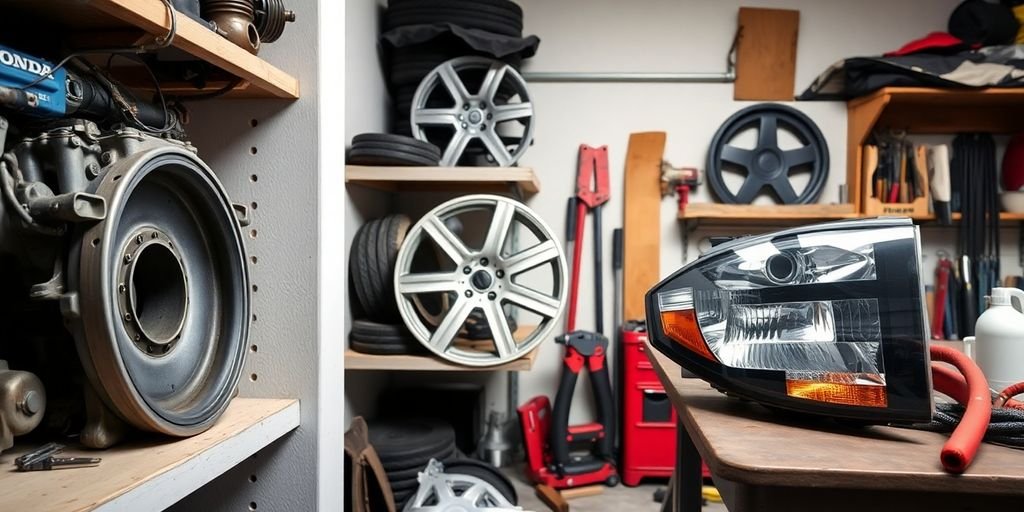Looking for Used Honda car parts near me? It can feel like a real treasure hunt sometimes. You want to save money, sure, but you also need parts that actually work and last. Nobody wants to put in a part only for it to fail a week later. This guide will walk you through how to find good quality used Honda parts without all the guesswork. We’ll cover everything from where to look to what to check for, so you can keep your Honda running great without breaking the bank.
Key Takeaways
- Buying used parts for your Honda can save you a lot of money compared to new ones.
- Finding a good, reliable source for used Honda car parts near me is important.
- Always check used parts carefully for any damage or major wear before you buy them.
- Ask about the vehicle history of the part if you can, it helps you know what you’re getting.
- Make sure you understand the return policy or any warranty when buying used parts.
Why Choose Used Honda Car Parts?
Significant Cost Savings
Let’s be real, car repairs can be expensive. New parts, especially for Hondas, can really put a dent in your wallet. Used parts offer a way to save a good amount of money without sacrificing too much. They’re almost always cheaper than brand new ones, and that difference can be pretty significant, especially if you’re dealing with a major repair. Plus, think about it – new car parts start losing value the second they’re installed. Used parts? They’ve already gone through that initial drop, so you’re not losing as much money right away.
Environmental Benefits of Recycling
Think about all the cars that end up in salvage yards. Instead of those parts just sitting there, rusting away, they can be reused. It’s a way to reduce waste and help the environment. Recycling car parts means less energy is used to make new ones, and fewer resources are taken from the earth. It’s a small thing, but it can make a difference.
Using recycled parts is a practical way to reduce your environmental impact. It helps conserve resources and lowers the demand for new manufacturing, contributing to a more sustainable approach to car maintenance.
Access to Obsolete or Rare Parts
Ever tried finding a specific part for an older Honda? It can be a nightmare. Dealerships might not carry them anymore, and finding a new aftermarket part can be tough. That’s where used parts come in. Salvage yards and online marketplaces often have a treasure trove of older parts that you just can’t find anywhere else. It’s a lifesaver if you’re trying to keep a classic Honda on the road.
Where to Find Quality Used Honda Car Parts Near Me
Finding the right used Honda car parts can feel like a treasure hunt, but knowing where to look makes all the difference. You’ve got a few solid options, each with its own pros and cons. Let’s break down the best places to start your search.
Reputable Auto Salvage Yards
Auto salvage yards, sometimes called junkyards, are a classic source for used car parts. The key here is to find a reputable yard. These places often have a huge inventory of vehicles, meaning a better chance of finding the specific Honda you need parts for. You can often find parts for much cheaper than buying new, but you’ll need to be prepared to do some digging and maybe even remove the part yourself. It’s a good idea to call ahead to see if they have the specific model you need and what their policies are on returns or exchanges.
Specialized Honda Parts Retailers
These retailers focus specifically on Honda vehicles, which can be a huge advantage. They often have a better understanding of part compatibility and can offer expert advice. Plus, some specialized retailers offer warranties on their used parts, giving you extra peace of mind. While they might be a bit pricier than salvage yards, the added expertise and potential warranty can be worth it.
Online Marketplaces and Forums
Online marketplaces like eBay and Craigslist can be goldmines for used Honda parts. You can often find individual sellers offering parts at competitive prices. Honda-specific forums are another great resource. Members often sell parts they no longer need, and you can tap into a community of Honda enthusiasts for advice and recommendations. Just be sure to do your homework on the seller’s reputation and carefully inspect photos before committing to a purchase. Always prioritize secure payment methods and be wary of deals that seem too good to be true.
Buying used parts online can be convenient, but it also comes with risks. Always check seller reviews and ask detailed questions about the part’s condition and history. If possible, request additional photos or even a video of the part before you buy. And remember, clear communication is key to a smooth transaction.
Key Considerations When Buying Used Honda Car Parts
Researching Part Compatibility
Okay, so you’re thinking about getting a used part for your Honda. Smart move! But before you jump in, you gotta make sure it actually fits. I mean, a Civic part isn’t going to work on an Accord, right? Double-check the part number and model year to confirm it’s a match for your car. It’s a pain to return stuff, trust me. I once bought the wrong air filter and ended up driving all the way back to the store. Not fun.
Inspecting the Part for Wear and Damage
Alright, you found a part that should fit. Now, take a good, hard look at it. Don’t just glance! Check for rust, cracks, or anything that looks off. If you’re buying online, ask for detailed pictures. If you can see it in person, even better. I’m not saying it has to be perfect, it’s used after all, but you don’t want something that’s about to fall apart. I bought a used mirror once that looked fine in the picture, but when I got it, the plastic was all brittle and cracked. Lesson learned.
Inquiring About Vehicle History
This is a big one, and often overlooked. Where did this part come from? Was the car in a major accident? Knowing the history of the donor vehicle can give you clues about the part’s condition. Salvage yards should be able to provide some info, so don’t be afraid to ask. I know it feels weird asking about a car’s past, but it could save you a lot of headaches down the road.
It’s always a good idea to ask about the car’s mileage. A part from a car with 50,000 miles is probably in better shape than one from a car with 200,000 miles. It’s just common sense.
Checking for OEM Certification
OEM stands for Original Equipment Manufacturer. Basically, it means the part was made by Honda, or to Honda’s standards. Some used parts might have this certification, which is a good sign. It suggests the part is higher quality and more reliable than a generic aftermarket part. It’s not always a deal-breaker if it’s not OEM, but it’s definitely a plus. I tend to trust OEM parts more, just because I know they’re designed specifically for my car. It’s like buying a name-brand versus a generic brand at the grocery store, you know?
Ensuring the Quality of Your Used Honda Car Parts Purchase

Buying From Trusted Sources
Okay, so you’re trying to save some money by buying used parts for your Honda. Smart move! But you gotta be careful. The first rule of used parts is: buy from someone you trust. That could be a local salvage yard that’s been around forever, a specialized Honda parts place with good reviews, or even a seller online with a solid reputation. Don’t just jump at the cheapest price; think about where it’s coming from. I once bought a "bargain" alternator online, and it died within a week. Lesson learned!
Understanding Return Policies and Warranties
Before you hand over your cash, make sure you know the return policy. What happens if the part doesn’t fit? What if it’s defective? A good seller will stand behind their parts, even used ones. A warranty, even a short one, is a huge plus. It shows they have confidence in what they’re selling. I always ask about this stuff upfront. It can save you a major headache later.
Seeking Expert Advice
If you’re not a car expert (and let’s be honest, most of us aren’t), don’t be afraid to ask for help. Talk to a mechanic you trust, or someone who knows Hondas inside and out. They can tell you what to look for, what questions to ask, and maybe even help you install the part correctly. I’ve got a buddy who’s a total Honda fanatic, and he’s saved me a ton of money and trouble over the years.
Getting a second opinion is always a good idea. It’s like having a friend look over your shoulder when you’re making a big decision. They might spot something you missed, or just give you the confidence to go ahead.
Maximizing the Lifespan of Your Used Honda Car Parts

So, you’ve scored some used Honda parts – awesome! Now, let’s talk about making sure they last. It’s not just about slapping them on and hoping for the best. A little care can go a long way in keeping your Honda running smoothly without breaking the bank again anytime soon.
Proper Installation Techniques
Okay, this is huge. The way you install a part is just as important as the part itself. If you’re not super confident, seriously consider getting a professional to do it. A botched install can ruin a perfectly good part and even cause damage to other components. Make sure everything is torqued to the right specs, and don’t force anything. Patience is key here. Double-check everything before you button it all up.
Regular Maintenance and Care
Think of your used parts like you think of your teeth. You gotta brush ’em (well, not literally, but you get the idea). Regular checks and maintenance can catch small problems before they become big, expensive headaches. Keep an eye on fluid levels, check for leaks, and make sure everything is clean and properly lubricated. A little preventative maintenance can add years to the life of your parts.
Recognizing Signs of Wear
Parts don’t last forever, even new ones. Knowing when a part is starting to fail can save you a lot of trouble down the road. Listen for unusual noises, watch for changes in performance, and pay attention to any warning lights on your dash. Don’t ignore those little signs – they’re telling you something. Catching a problem early means you can replace the part before it causes more damage or leaves you stranded on the side of the road.
It’s easy to overlook regular maintenance, but setting a schedule can really pay off. I usually mark my calendar for monthly fluid checks and a more thorough inspection every six months. It’s a small investment of time that can prevent major issues later on. Plus, knowing your car inside and out gives you a better sense of when something just isn’t right.
Wrapping Things Up: Your Honda Parts Journey
So, there you have it. Finding good used Honda parts doesn’t have to be a headache. It’s really about knowing where to look and what to look for. You can save some money and still get your Honda running great. Just remember to do a little checking, ask questions, and pick a seller you feel good about. With a bit of effort, you’ll find exactly what your car needs without breaking the bank. Happy driving!

